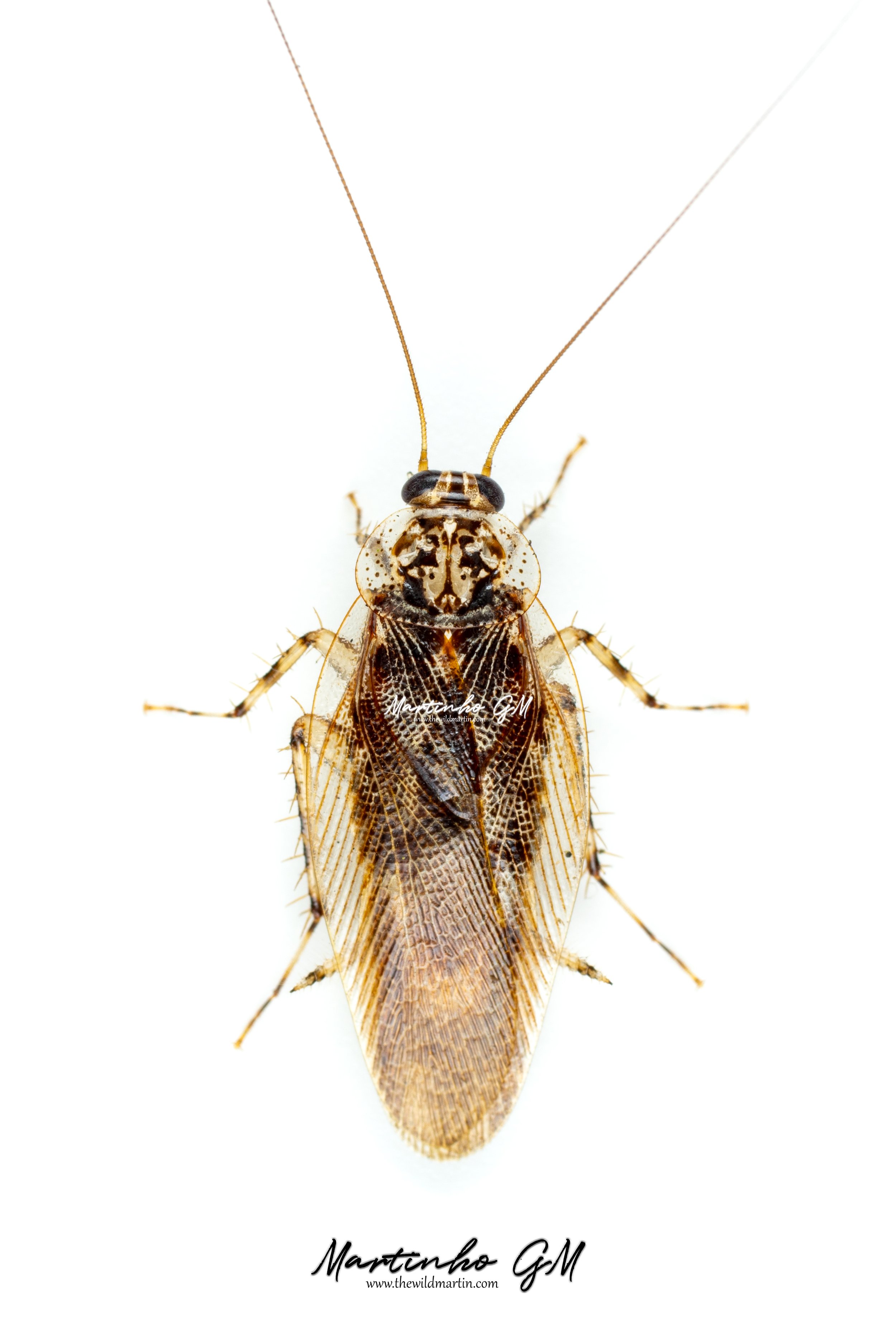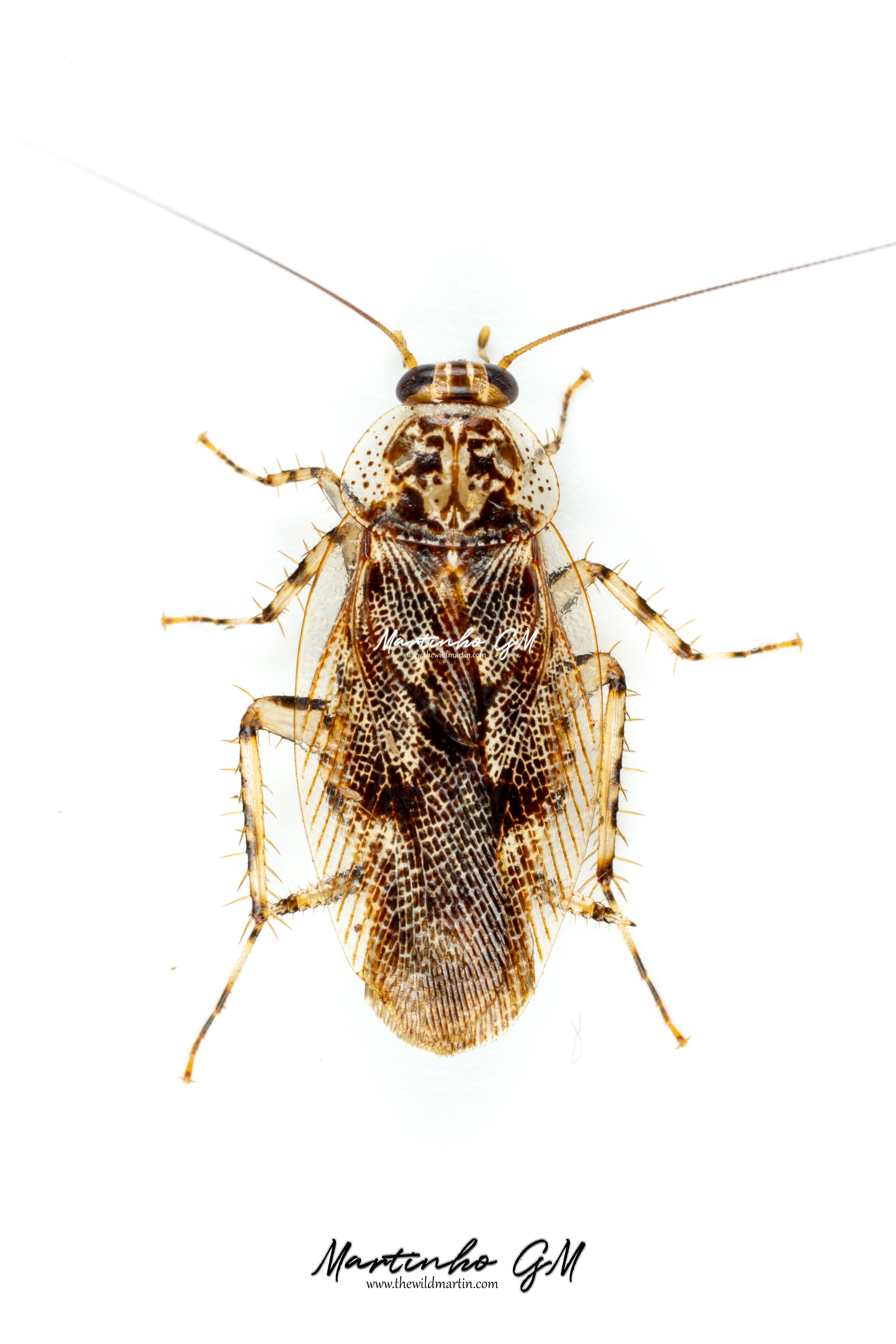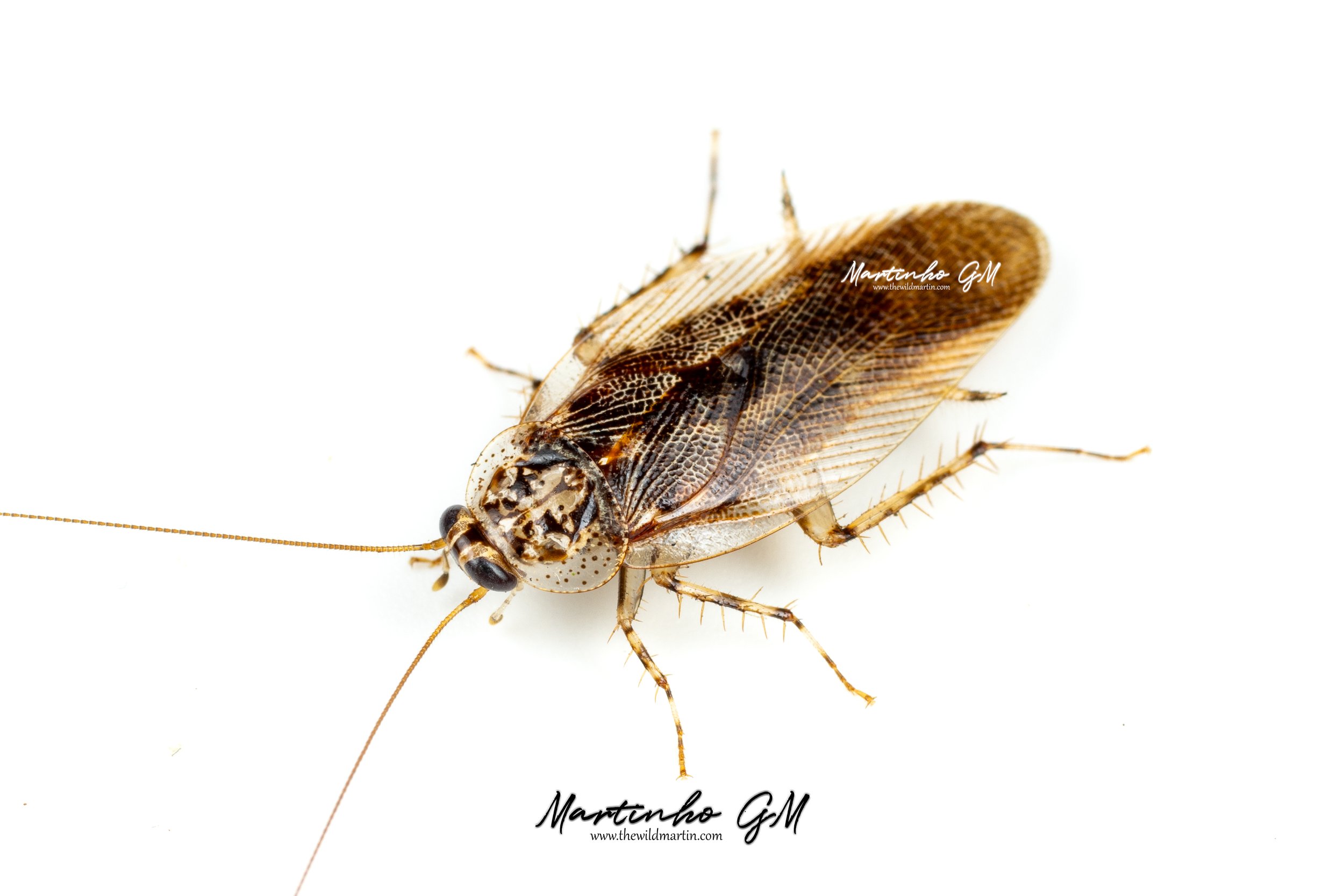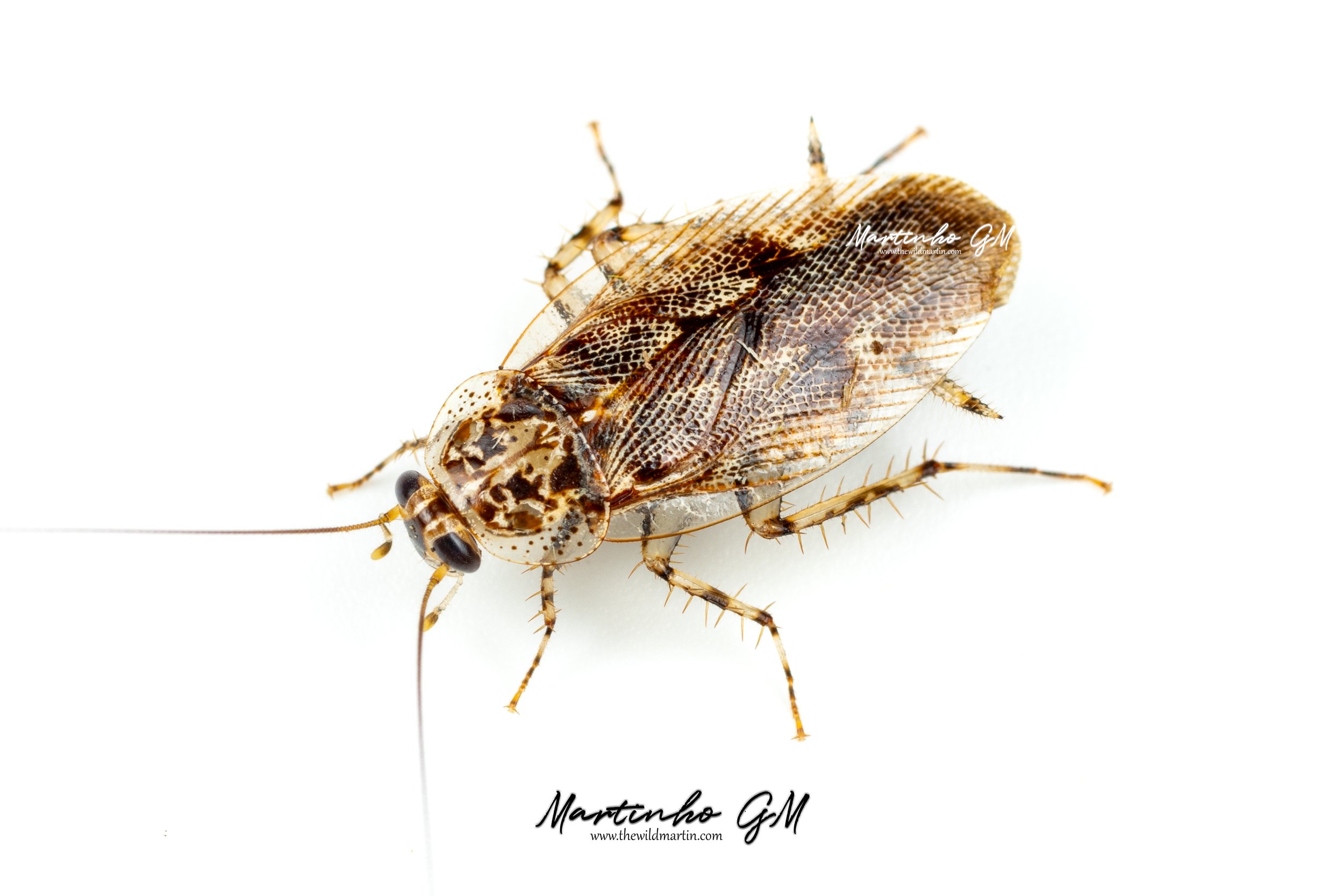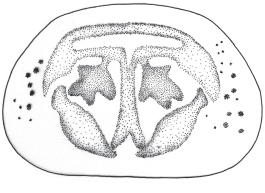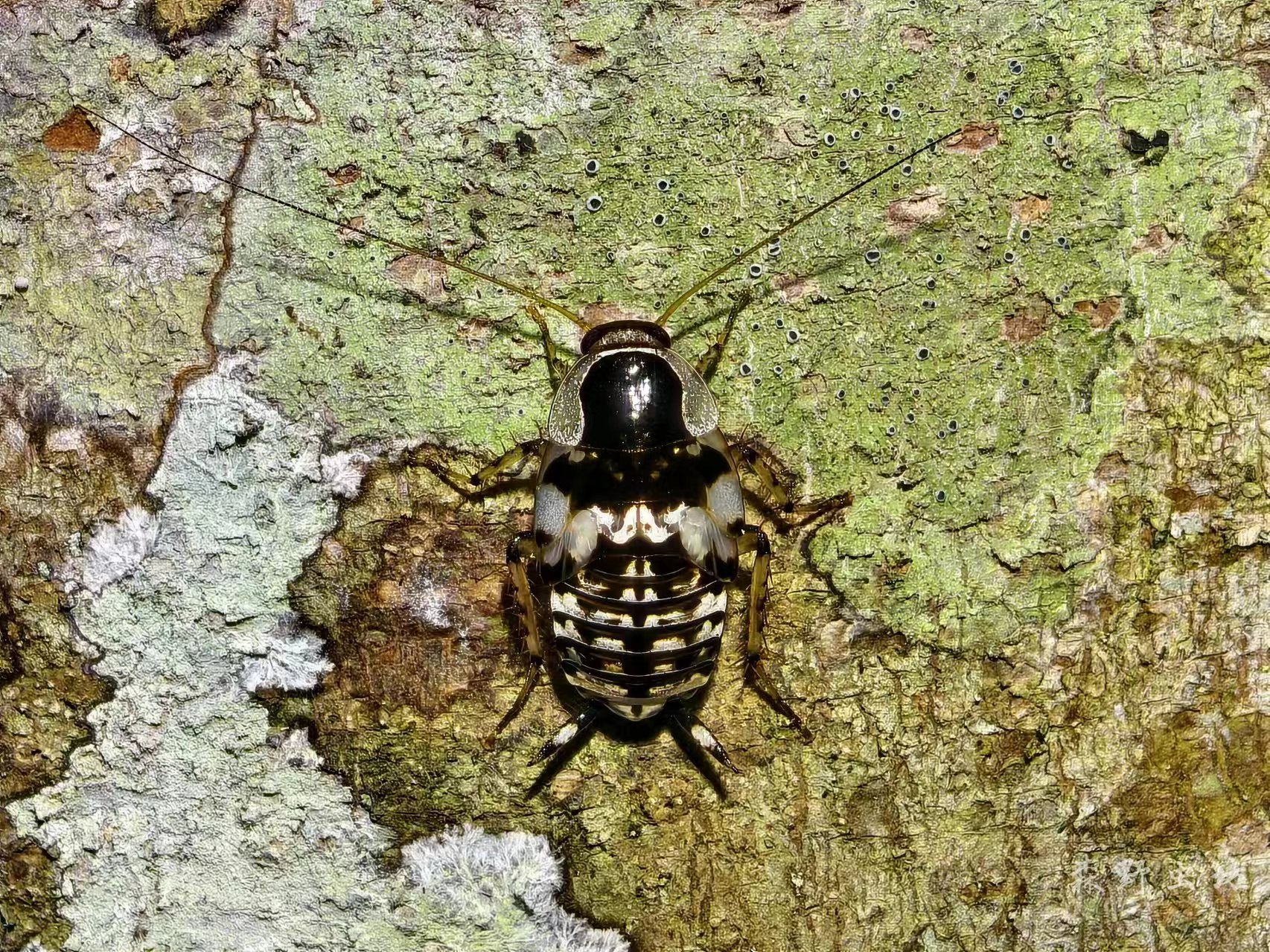Allacta ornata
Before starting, just to say I got permission from the owner of the “in-situ” photos to use them on this post.
Allacta is a genus of South East Asian and Australian cockroaches in the subfamily Pseudophyllodromiinae.
I recently managed to acquire a small group of I believe to be Allacta ornata.
These were sourced from the deep lush forest of the Yunnan Province in China.
Forest in Yunnan Province
This genus of cockroaches tends to stay hidden during the day, hiding under the bark, or inside tree holes, coming out at night to feed.
Allacta bimaculata nymph “in situ”
The local collector managed to send me 3 females, two of which already are pregnant and carry an ootheca, and 2 males.
Allacta ornata nymph
The nymph shown above was not caught.
Allacta ornata mating pair
The third female is the one seen in this photo above, mating with a male.
I hope that they were able to mate successfully, but only time will tell.
I am housing them in a 16oz deli cup container, with a small amount of substrate, a vertical cork bark slab and some leaf litter.
Since they come from Yunnan, I decided to keep them cool at 22C/23C inside one of my temperature control fridges.
They have already been fed and now seem stable.
Like the name indicates, this cockroach species is extremely ornate and patterned. Technically difficult to photograph as well. I can say that these photos don’t make them justice. The marbling is just phenomenal.
In my opinion absolutely stunning, don’t you think?
So fingers crossed for some successful breeding!!
From what I have been reading (The Species of Allacta (Blattodea: Ectobiidae: Pseudophyllodromiinae) Occurring in China, With A Description of a New Species), this species is very similar to Allacta transversa. They can be easily distinguished by pronotum pattern markings though.
The markings to the ones I have are slightly different, but still retain the “star” shaped central marking, which is characteristics of this species. Probably some locality variance?
To wrap up this post, I also got a group of 12/15 nymphs of what I think is Allacta bimaculata, but I have to wait for them to mature to see.
Well, this is all for this post!
Hope you have enjoyed!
Thanks for reading,
Cheers!






